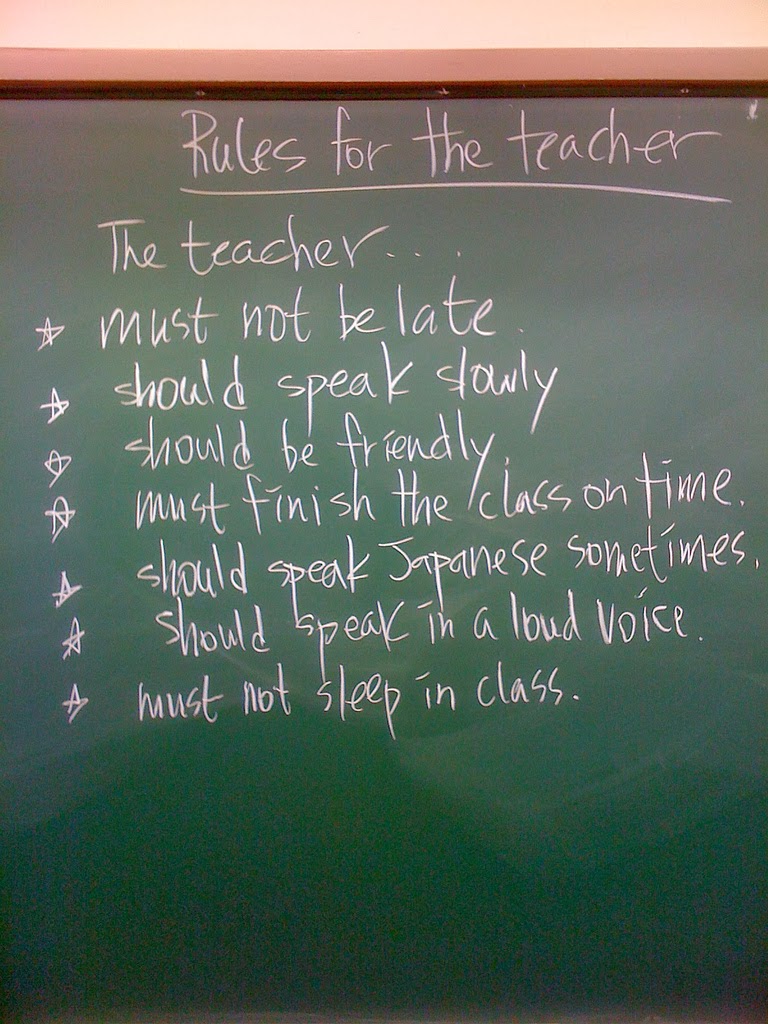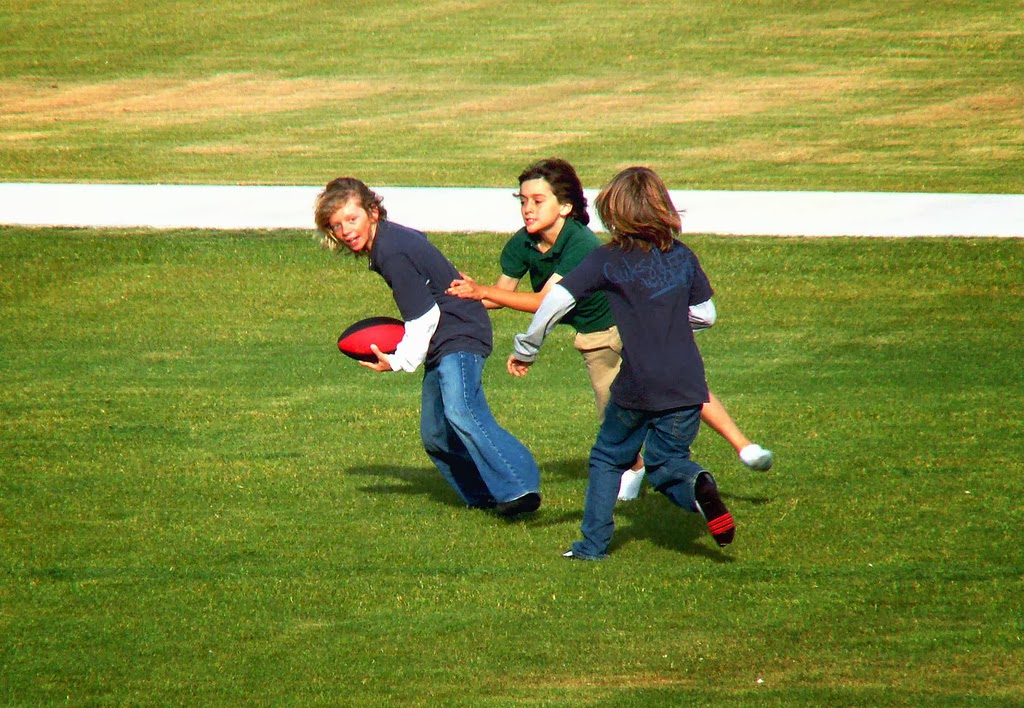In the last post, we gave you some basics for setting up permanent interactive learning centers that have changing content. They are a great way to extend learning into those little bits of time that could be used to reinforce or teach new things.
As a regular visitor of museums, I try to take photos of interactive exhibits I believe could be adapted for use in a ministry setting. Here are some from a recent mission trip that allowed me to explore exhibits in several countries.

Historic games. The children in the Bible are more relatable if your young Bible students can play some of the same games those children may have played. This particular exhibit featured Viking games, but these could be changed to games played by children in the Middle East during the time periods covered in the Bible. While the games listed in this article aren’t mentioned specifically in the Bible, we know they were played by children in the area… and most likely Jewish children as well. Many of these games can be purchased online.
Puppet theater. Create marionettes or hand puppets that could represent various people in the Bible and encourage students to write and perform a puppet show of one of the stories of their lives. Better yet… put out puppet making supplies and encourage them to create their own puppets as well as a puppet show about a Bible story or theme.

Creative corner. This particular center was part of an exhibit about a famous local architect. There was a table with blank paper and pencils and instructions for children to create their own architectural designs. These mini shelves allowed children to easily display their finished creations. This center could be adapted to ask children to illustrate a theme, like “What does agape love look like in real life?” or encourage them to think deeper about particular Bible verses, like “Illustrate one of the following scriptures.”

Magnet table. This one was used to encourage children to create using various vocabulary words the exhibit encouraged the children to learn. Bible vocabulary words could be substituted and children encouraged to use them to write a song, poem or news article about a Bible story using as many of the words as possible.

Dress like a Roman soldier. This one actually could be used exactly as it was designed as it was for a city that was once an ancient Roman city. Of course, you could also have rotating exhibits where students could dress like shepherds, priests or other people with unique clothing.

True or False. This could be a fun way to teach children random interesting facts about life during Bible times. It also could be short answer as easily as true or false questions. Change the questions regularly to make sure this center is used a lot.

Matching board. I love the sturdiness of this set. If you have some woodworkers in your congregation, they may enjoy a project like this. You can do exact matches of things like animals in the Bible or Hebrew/Greek letters/words… or make it for older children where they have to match the beginning of a Bible verse with the end… or a Hebrew word in the Bible with an English equivalent.

Identify the smell. This can be a lot of fun and is more difficult than you would think. Saturate cotton balls and seal them in containers where young children can smell, but not touch. Use scents of things mentioned in the Bible (spices and foods are some easy ones). This center will probably need to be refreshed or changed weekly as the odors weaken. Little ones can guess the smell, while older ones may need to also name the story where the scent is mentioned.

Dress up area. This is another version of a dress up area. You may want to have illustrations of how the various pieces were worn to make it easier for the children to dress like people in the Bible did.

These are just a few examples of exhibits that can interest children in learning more about the Bible. In the future, we will share other exhibits from time to time that would also work in a children’s ministry environment. The next time you visit a museum, check out the interactive exhibits. See one we haven’t featured? Share it on our Facebook page to help other ministries design new exhibits.




